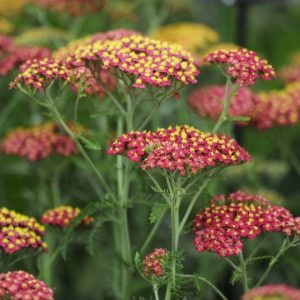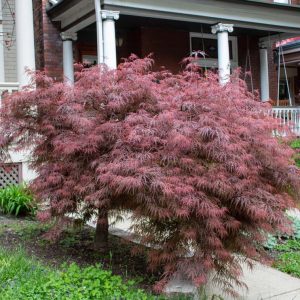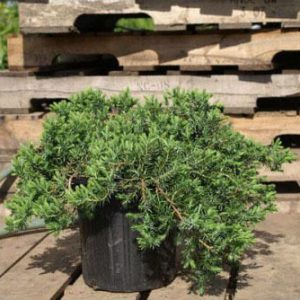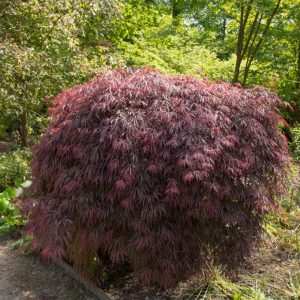Description
Calamagrostis – Reed Grass – Smallweed –
There are about 250 species of dense, robust, sturdy, tufted, rhizomatous perennial grasses, in this genus. They are widely distributed in temperate zones of the Northern Hemisphere, where they are found in damp places. They have narrow linear, flat or channeled, arching leaves and dense plume like inflorescences borne in branching panicles in summer. Ornamental cultivars are useful in a herbaceous or mixed border for their long lasting, elegant inflorescences and architectural form. Some species may be invasive.
Grow in any moist, humus rich soil in full sun or partial shade, although they will tolerate all but the poorest soils. In early spring, before new growth begins, cut down to the ground all stems that were left for winter effect. Divide in mid spring.
Prone to ergot, powdery mildew, tar spot, rust, smut, leaf streak, red eye spot, scald, char spot, speckled, and foot rot.
C. x acutiflora – Feather Reed Grass – This slow spreading, clump forming perennial grass is a cross between C. arundinacea and C. epigejos and grows 2-6′ feet tall and 2-4′ feet wide. It produces thin, arching, linear, flat, slightly glossy, mid green leaves, 18-36″ long. In mid and late summer it bears stiff, erect,, unbranched stems bear silky, silvery, bronze to pale purple-brown inflorescences in narrow panicles 6-12″ long, on stems 3-5′ feet long, these persist throughout winter.
Zones 5-9





